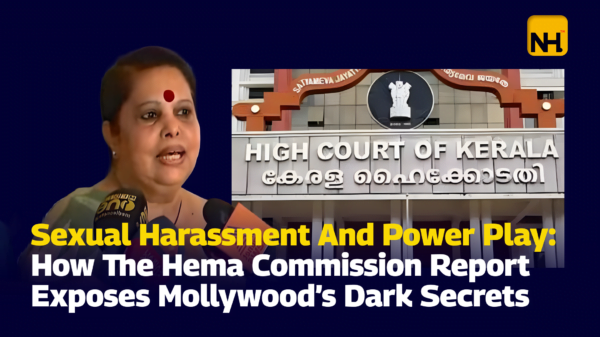Bengaluru, a bustling city known for its IT sector and vibrant culture, is grappling with a growing concern: drug addiction. Regardless of age, gender, or background, addiction can ensnare anyone, progressively gaining a hold on their lives. To address this pressing issue, the Karnataka State Minorities Commission (KSMC) recently organized a significant conference on the detrimental impacts of the drug menace and strategies for prevention in minority-dominated areas of the city.

Source: NEWS TRAIL
In attendance were law enforcement officials from various police stations, including Shivajinagar, RT Nagar, DJ Halli, Kalasipalya, Byatarayanapura, Nayandahalli, and Gangondanahalli, all identified as vulnerable areas to rampant drug abuse in Bengaluru. Alongside them, representatives from numerous Non-Governmental Organizations (NGOs), rehabilitation centers, legal practitioners, and medical professionals contributed their insights and concerns.
Despite the relentless efforts of the Bengaluru police in organizing awareness campaigns, these initiatives seem to have limited impact on the youth residing in the identified high-risk areas, many of which are slums. Notably, the absence of data on illicit drug abuse within minority groups has raised concerns, with a police officer highlighting the gravity of the issue, stating, “It is bigger than we think.”

Source: The New Indian Express
During the conference, the police shed light on the modus operandi of drug peddling activities, illuminating how the younger population often falls prey to the clutches of addiction. Ashwaq Ahmed, a member of the ‘We, the People’ foundation, underscored their efforts in differentiating between peddlers and abusers, shedding light on the legal complexities of dealing with drug-related offenses under the Narcotic Drugs and Psychotropic Substances Act (NDPS).
Saddam Baig, an advocate from Goripalya, shared a disconcerting anecdote from his past, recalling encounters with young school dropouts inhaling fevi bond glue and whitener near an underpass. He emphasized the need for stricter legal consequences and lamented the procedural gaps leading to acquittals in drug-related cases.

Additionally, Dr. Safia, a medical professional, drew attention to the lax regulations in certain medical stores that dispense drugs without prescriptions. Narrating her experience with drug-addicted youth, she highlighted the alarming lack of fear among them regarding the consequences of their actions.
The session also shed light on new forms of drug abuse, including the use of commonplace items such as cough syrups, pain relief ointments, glue, paint, gasoline, and cleaning fluids by children in slum areas. Shockingly, cases of snake venom substituting opioids have surfaced, with an instance reportedly occurring in Kalasipalya.

Amidst the discussions, KSMC Chairman Abdul Azeem stressed the critical role of parental intervention in curbing drug and alcohol addiction among the youth. He urged for more stringent legal actions and suggested holding parents and guardians accountable for their negligence in preventing such activities.
Azeem pledged to bring these concerns to the attention of the state government, appealing to Chief Minister Siddaramaiah to augment the resources within the law enforcement department. He also advocated for the engagement of local leaders in these vulnerable communities to monitor and guide the youth, emphasizing the pivotal role of community support in combating the root cause of criminal activities.





















































































